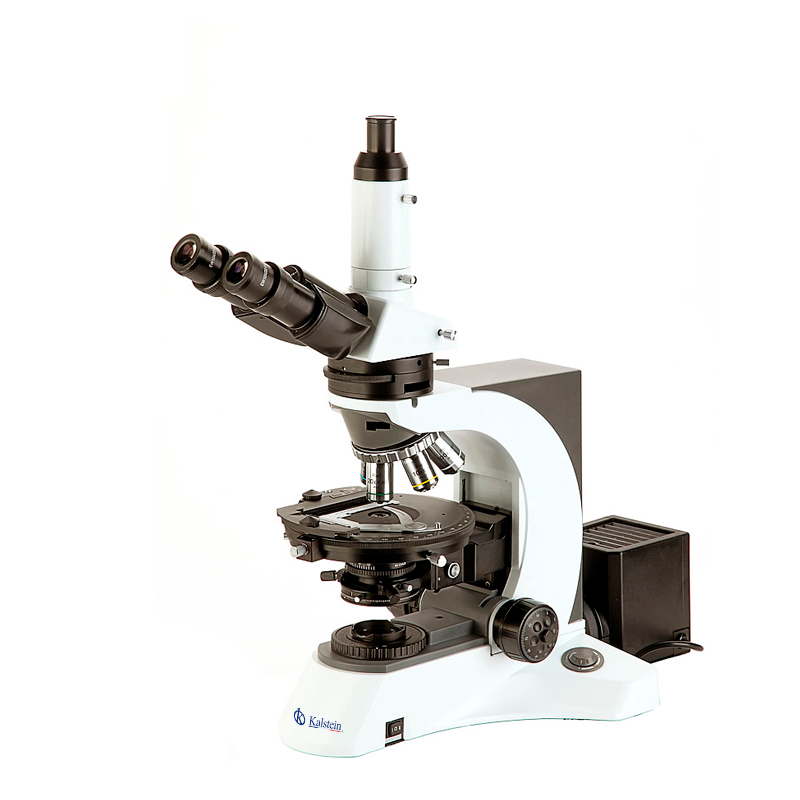Optical microscopes are an essential tool in many branches of science, from medicine, biology, biochemistry, to molecular research. These devices are used to examine microscopic objects using visible light, and their main component is the built-in optical lens. The lenses serve the function of concentrating and focusing the light to allow an optimal visualization of the observed objects.
In addition, the lenses are used to increase the resolution of microscopes, allowing you to see much smaller details than possible with the naked eye. In this way, lenses are the architects of producing changes in the direction of light beam propagation predictably, according to the laws of optics. There are two main types of optical lenses used in microscopes: flat lens and cylindrical lens.
Flat lenses are single-surface lenses, usually in the form of a biconvex lens. These lenses are used to obtain correct light direction on microscopic structures and also to increase the size of the observed object without decreasing the sharpness of the image. The main beneficial features of these lenses are their simplicity and robustness, their ease of assembly and their affordable price.
How is the lens optics used today?
Modern optical microscopes also use cylindrical lenses. These lenses are more complicated to build and produce than flat lenses. However, they allow for a higher level of magnification, which makes it possible to visualize very small elements. These lenses are constructed from a high-quality material such as glass or fluorite glass, which act as a focus sheet through which objects can be examined at a higher level.
Another reason to use a cylindrical lens is to modify the angle of light incidence in the observed sample. Another type of optical lens used in microscopes is the lens lens, sometimes called a tube lens. This lens is the most important part of a microscope, as it receives light and concentrates it on the observed object. This lens is built with high refractive index materials such as glass or fluorite glass to ensure the best possible image quality.
What is the condensing lens used in optical microscopes?
A final type of lens used in optical microscopes is the capacitor. This lens is used to illuminate microscopic objects evenly. The condenser collects light from an external light source, concentrating it in a precise place to provide strong incident light. This improves image quality by providing better sample lighting.
In conclusion, optical microscopes use different types of optical lenses to improve the magnification and sharpness of the images obtained. Whatever the lens used, it must be produced to the highest quality standards, as the slightest imperfection will manifest itself in a blurry and poor-quality image. Therefore, the best materials and production techniques must be used to produce quality lenses.
On the other hand, the main lenses used in these devices are flat biconvex lenses, cylindrical lenses, lenses and capacitors. Each of these optical elements plays a specific role in the device, allowing it to provide extremely clear images of microscopic objects.
The lenses of Kalstein optical microscopes
Kalstein has extensive experience in the manufacture and sale of optical microscopes; therefore he knows the importance of incorporating the best lenses into his devices. In addition to this, the manufacturer has a very wide range of equipment that meets the needs of the laboratories. The use of the infinite optical system, which makes it possible to obtain flat images with great sharpness and contrast, stands out from its equipment. Additionally, it has equipment that uses polarized light, halogen lamps and epi-fluorescence observation. Technical details, purchasing procedures and prices can be reviewed at HERE and HERE.

